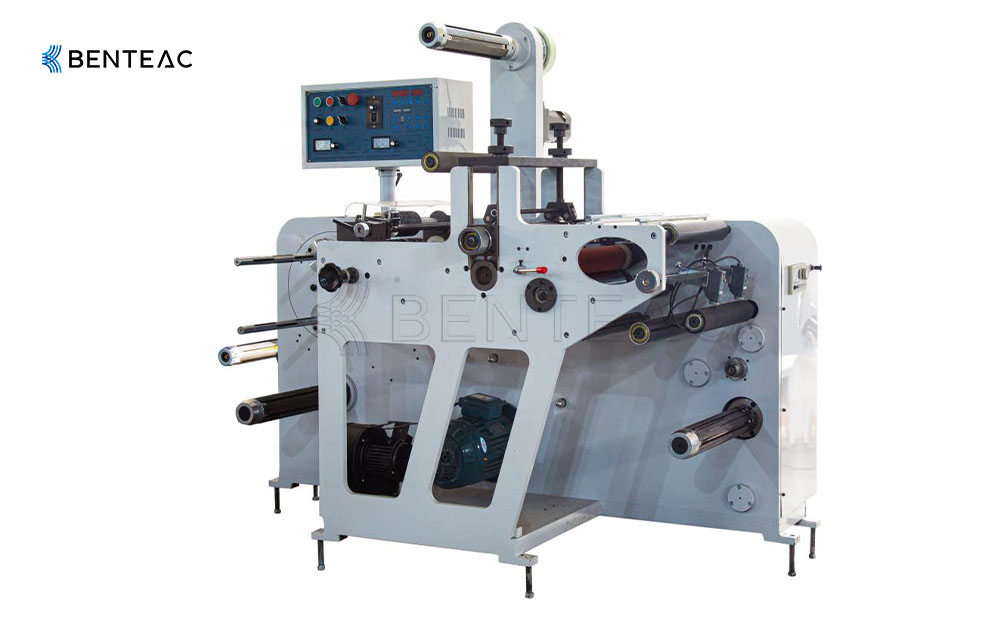Rotary label die-cutting machine advantages: high quality and efficient post-press die-cutting processing brings a strong competitive advantage.
First, high production efficiency: the maximum production line speed of 120m/min, is the label products after printing die cutting processing to improve productivity, reduce production and operating costs of the ideal choice;
2, high precision: advanced servo motor shafeless drive registration technology, to ensure accurate and stable registration, pre-registration time is short, secondary positioning registration accuracy up to (± 0.15mm); Import process correction control, ensure the transverse die cutting, slitter accuracy (± 0.15mm), effectively improve product yield.
3. Stable operation of the equipment: imported floating roller closed-loop tension device to ensure constant tension control during unwinding; Paper feed, die cutting mechanism servo motor shaftless drive, avoid mechanical transmission parts wear, vibration, noise, stable operation, high synchronization accuracy; All winding adopts servo motor independent drive, avoiding mechanical, synchronous belt drive and magnetic powder hysteresis, improving the sensitivity of winding tension and control accuracy.
Fourth, advanced die cutting device design, can quickly change the tool, change the version of production, to achieve the installation of knife roll time to shorten.
Fifth, the ergonomic design makes the equipment very easy to operate, ensuring efficient operation and optimal operating safety.
6, circular die cutting process, line contact die cutting working pressure is small, die cutting pressure is easy to adjust, easy to die a variety of label materials, product molding stability is good, die cutting quality is good, acceleration and deceleration, steady speed car, the bottom paper does not produce cutting phenomenon;
7, equipment flexibility: and according to the user's process requirements, to provide a rich configuration, function, appearance and other optional combinations, through a variety of optional devices to meet the user's best cost-effective and superior production performance, to adapt to diverse needs.

